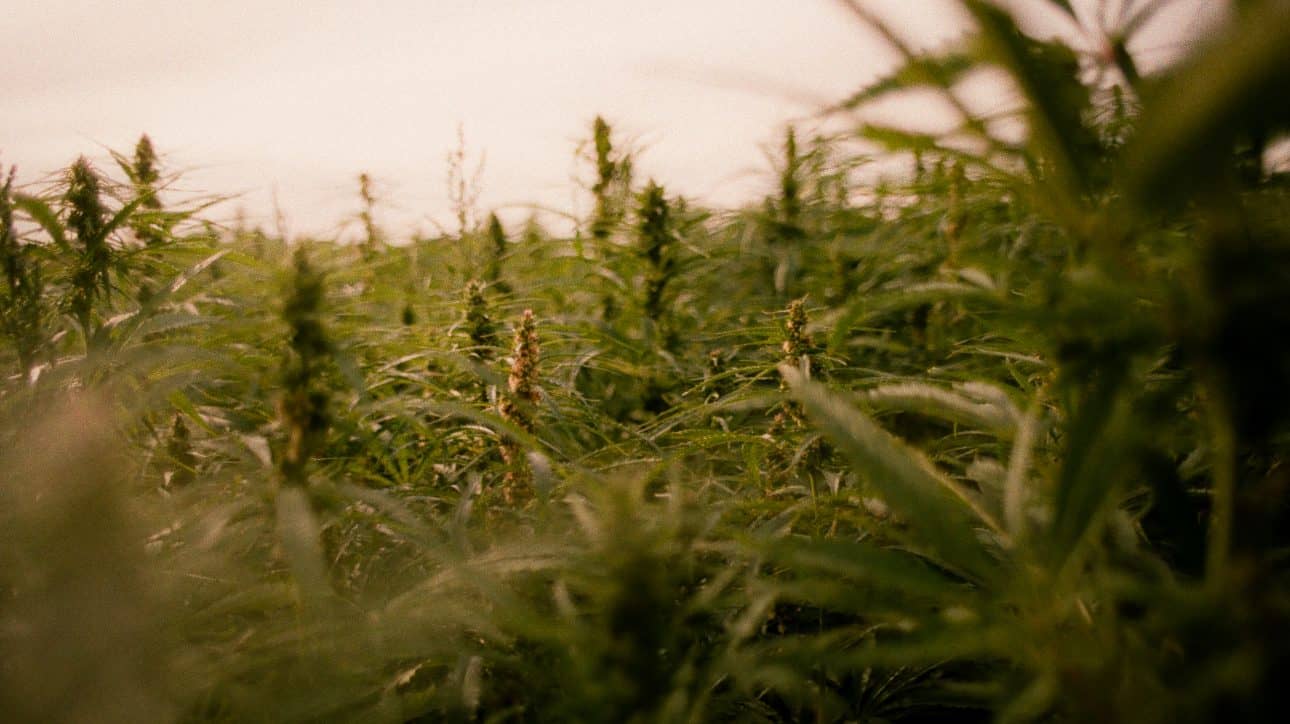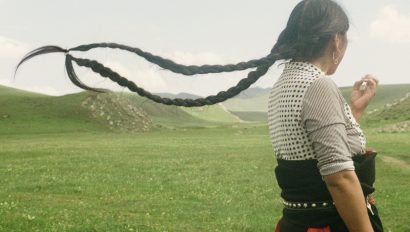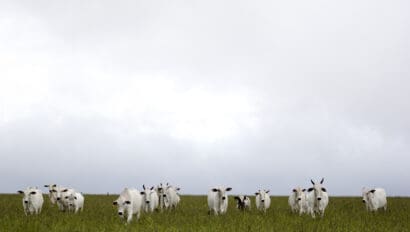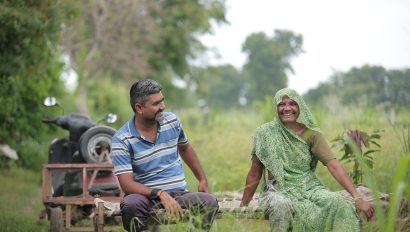Harnessing Hemp’s Sustainability Potential

IMAGE: JOYA BERROW
Our Fiber Crops Senior Manager, Sandra Marquardt, unpacks what brands need to consider when sourcing hemp, and why its newly growing popularity presents an opportunity to scale production in a responsible way.
Since its recent legalization in countries around the world, the global textile industry is increasingly turning to hemp. And with the plant’s long list of beneficial properties, there is reason to be excited about its sustainability potential.
But growing, sourcing, or wearing hemp won’t be a solution in itself. Hemp’s reputation as a wonder plant all comes down to the way that it is grown. In these early stages of hemp’s renaissance, we have a unique opportunity to create a hemp production model that harnesses its potential while anticipating problems and bringing about measurable beneficial outcomes.
Textile Exchange’s 2023 report, Growing Hemp for the Future: A Global Fiber Guide looks at fiber hemp production around the world, collating the latest known benefits, concerns, and recommendations to help guide hemp fiber programs toward a resilient future.
So, what exactly are the celebrated properties of hemp fiber crops, and how can the fashion, textile, and apparel industry ensure these benefits aren’t jeopardized as production grows in scale?
The wide-ranging benefits of fiber hemp plants
From the point of view of fashion and textile companies, much of hemp’s appeal comes down to its physical qualities – for example, it is stronger than cotton; durable; anti-microbial and UV resistant; naturally resistant to mold, mildew, and rot; readily accepting of dyes; softened after each washing without fiber degradation; and breathable.
But from the start of the supply chain, the on-the-ground impacts of growing fiber hemp are equally impressive, enriching ecosystems and local communities alike. And these holistic, far-reaching benefits start with the soil.
For example, when grown in rotation with hemp, some farmers have seen a 10-20% increase in subsequent yields for other crops such as corn, soybeans, tobacco, and wheat. What’s more, growing hemp can minimize the labor and energy needed to manage weeds, as it naturally reduces weed pressure.
Being wind-pollinated, hemp also contributes toward healthy ecosystems by attracting bees with large amounts of pollen. In times of pollen shortage – like late summers in the US – hemp flowers are a valuable source of pollen for 16-23 different species of bees. The plant’s vigorous growth, shading capacity, and disease resistance also mean that hemp has minimal need for inputs, making it an ideal crop for pesticide-free organic agriculture.
The challenges that could come with growing hemp at scale
Historically, hemp has been grown with low input production methods, meaning no- to low use of synthetic pesticides and fertilizers, and with low or little irrigation. At present, the crop has relatively few pests. But while hardy, hemp may not be immune to the problems that plague other crops.
As hemp is grown more widely, there’s an increased risk of pest pressure, especially if grown as a monoculture. The expanded use of conventional pesticides – such as herbicides, insecticides, fungicides, and others – that could come stem from this may pose a variety of threats to human health, as well as negative consequences for wildlife (including bees), surface- and groundwater contamination, and pesticide drift.
What’s more, hemp thrives off nitrogen in the soil and grows poorly otherwise. We must be wary of the fact that, when soil is exposed to synthetic nitrogen fertilizers, nitrous oxide is released – a gas roughly 300 times more potent at warming the atmosphere than carbon dioxide.
The current picture on pesticide use
While data is incomplete, the leading hemp fiber countries by volume appear to be France, China, North Korea (estimated), Poland, and the United States. Across these nations, the picture on pesticide use is mixed. For example, in the US, only biological pesticides are permitted for use on hemp today, and China does not authorize the use of any pesticides.
However, conventional pesticides – including some considered “Highly Hazardous” – have been approved in France and the Netherlands (glyphosate, tefluthrin). If the industry doesn’t take precautions to anticipate, prevent, or minimize the impacts of these agricultural inputs, use of synthetic pesticides on fiber hemp is likely to expand.
Likewise, without restrictions on pesticides and recommendations for natural soil building practices, the sustainability promise of hemp could soon fade. Therefore, the question of how to scale hemp without resorting to extensive pesticide use needs to be front of mind.
While pesticide regulations will vary in different countries, the global industry can still strive to align its approach to hemp production around Textile Exchange’s definition of “preferred” materials. Today, this definition represents an aspirational direction of travel, highlighting what best practice looks like across all fibers and raw material production.
For hemp fiber to be produced in a way that is considered “preferred,” some of the criteria would be to ensure that: natural ecosystems and species are protected and restored; agricultural systems and soils are regenerated; production transitions from fossil-based to renewable energy sources; farmers, herders, raw materials producers, and processors are empowered to build more equitable fiber systems; and chemicals and other pollutants are properly managed and eliminated from environmental discharges and runoff.
Learning from the past to create a resilient future for hemp fiber
As the saying goes, “hindsight is foresight.” Hemp fiber has strong potential to be a popular and responsible fiber sourcing choice. As an industry, we must adopt the lessons learned from the other fiber crops, where heavy use of synthetic pesticides and fertilizers has become the norm.
If we choose to go ahead with business as usual, we can expect to see the same negative environmental and social impacts typically associated with conventional agriculture. And this poses the question – if the promise of hemp’s sustainability attributes diminishes, will the market still be interested in the fiber?
Today, we have a unique opportunity to establish intentionality around what will likely become a major crop; to collaborate in shaping the hemp production system from the soil up, driving forward approaches that maximize hemp’s positive impacts for both people and planet.


